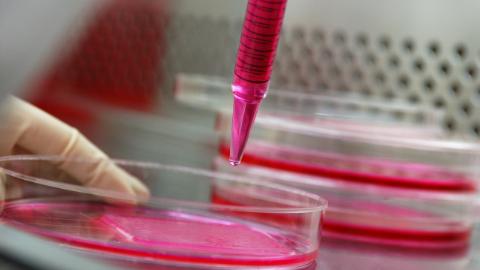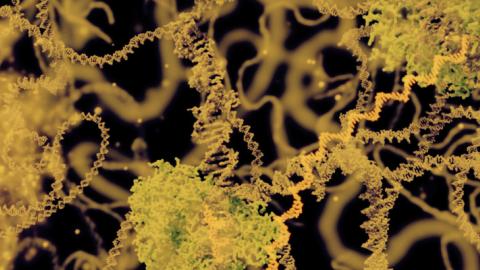BioNordika Science Hub
Explore BioNordika's Science Hub, your go-to source for the latest news, articles, literature, details about our seminars and events, as well as the exhibitions we are set to attend.
Shortcuts:
Subscribe to newsletter Blog articles Events Literature News
Latest news

BioNordika Newsletter Issue 2, 2024
Explore our ongoing campaigns! Plus, discover the new RNA and DNA library prep kits NEBNext UltraExpress, SignalStar multiplex IHC from CST, and cutting-edge live cell imaging systems CELENA X and CELENA S. Don't miss your chance to win by solving the crossword puzzle!

Your path to simplified multiplexing starts with VectaPlex™ Antibody Removal Kit
VectaPlex™ enables re-staining of individual tissue sections without damage to tissue. Unlike other commercial kits or homebrew methods, no tissue damaging heating steps are required. Rapidly advance your research with insights from your tissues through immunofluorescent (IF) or tyramide multiplexing. Introducing VectaPlex™ Antibody Removal Kit to help simplify and accelerate your multiplexing staining process.

Introducing NEBNext UltraExpressTM library prep kits for DNA and RNA
The NEBNext UltraExpress Library Prep Kit is the latest generation of NEBNext DNA and RNA library prep, with a fast, streamlined workflow that enables the creation of high-yield, high-quality libraries.
How fast? DNA: < 2 hours and RNA: 3 hours.
Other advantages are single protocol for all input amounts, fewer steps and less consumables waste, fewer cleanups and automation friendly

Free samples from New England BioLabs (NEB)
NEB offers a wide variety of products covering even complete workflows, including nucleic acid purification, PCR amplification (routine & high-fidelity), DNA assembly/cloning, as well as NGS library preparation.
Recent blog articles

Nurturing complexity: The role of vascularization in organoid advancements
Explore the essential role of vascularization in organoid advancements. Learn about cutting-edge methods like co-culturing, bioprinting, and organoids-on-a-chip. Discover how these techniques are reshaping medical research. Read more now!
Read more
Ta vare på din PIPETBOY
Siden de ble tilgjengelige for over førti år siden har Pipetboy vært de mest populære pipettefyllerne på markedet. De finnes på mange laboratorier, ofte i ulike modeller og generasjoner, gamle som nye. Med mye bruk kommer slitasje, så kanskje behøver deres Pipetboy en kjapp vedlikeholdsrunde?
Read more
"In house"-veileder 2023.
Den etterlengtede «MDCG 2023-1 Guidance on the health institution exemption under Article 5(5) of Regulation (EU) 2017/745 and Regulation (EU) 2017/746» ble publisert i begynnelsen av januar 2023. I denne blogposten Kommenterer kvalitetskoordinator Espen Kibsgård og Rolf A. Klaasen ved Klinikk for laboratoriemedisin, Oslo universitetssykehus sentrale kapitler i veilederen. Disse kommentarene har også blitt diskutert med medlemmer i IVDR prosjektgruppen i Helse Sør-Øst.
Read more
What to do if you suspect Mycoplasma contamination in your cell culture
Mycoplasma contamination poses a common and often undetected threat in cell cultures, affecting around 10% of them. This blog article delves into the challenges of detecting, eliminating, and preventing mycoplasma contamination. It offers insights into best practices and answers common questions to assist researchers in addressing this widespread issue.
Read more
Having trouble when amplifying GC-rich sequences? Here are four tips on how to troubleshoot
GC-rich templates in DNA sequences have 60% or more G (guanine) or C (cytosine) bases. Amplifying GC-rich templates may require adjusting reagents, annealing temperature, and using specialized master mixes or standalone polymerases for optimal results, and in this blog article you get four tips on how to troubleshot.
Read more
How to evaluate your qPCR and RT-qPCR results
qPCR and RT-qPCR methods are described, their usefulness and power as well as their sensitivity and vulnerability. In addition, it is explained how qPCR evaluation is accomplished by applying the “MIQE” guidelines and NEB´s “dots in boxes” quality scoring methods.
Read more





